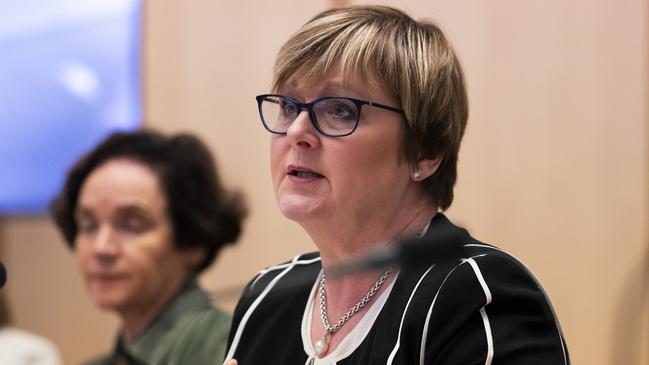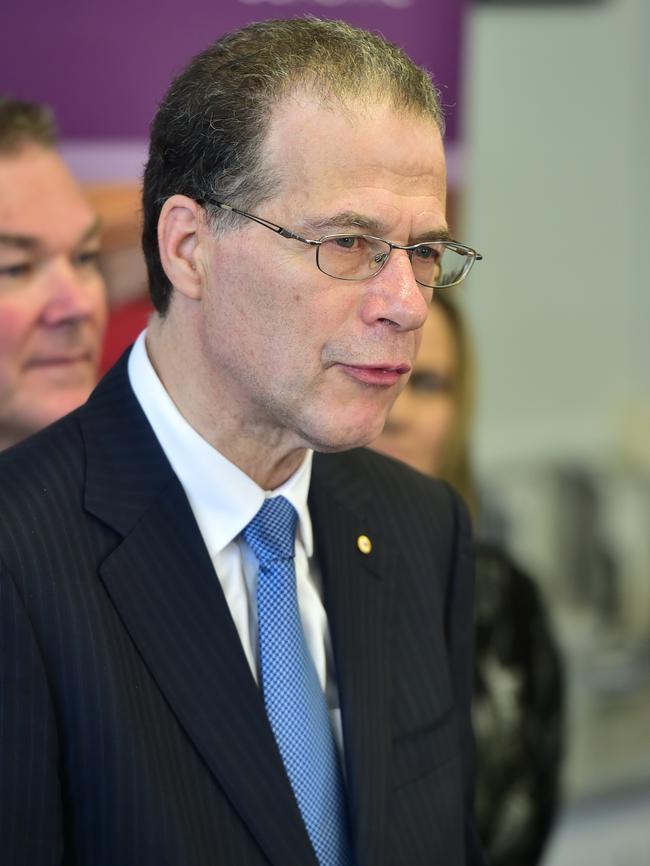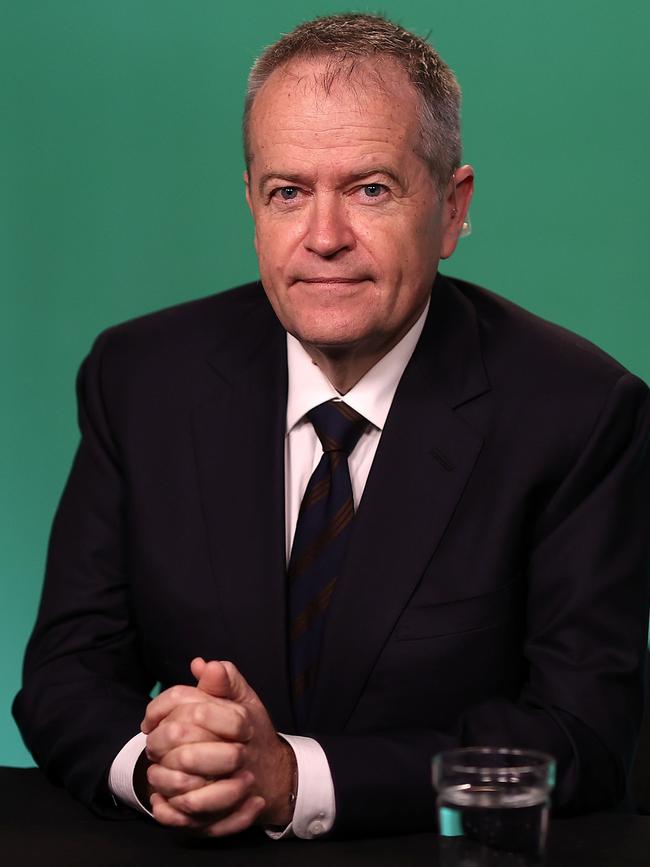Cost blowout crushes National Disability Insurance Scheme
Costs at the nation’s disability insurance scheme are accelerating faster than anticipated just three months ago

Costs at the nation’s disability insurance scheme are accelerating faster than anticipated just three months ago, prompting warnings from the Morrison government that the rise in expenses is becoming unsustainable.
About 472,000 participants in the National Disability Insurance Scheme received $2.15bn in July, new figures to be released on Monday show, 3 per cent higher than estimated in financial sustainability reports published as recently as July 3.
Costs are also running 18 per cent higher than in July last year, driven by an increase of more than 70,000 participants, the monthly data, to be published by the agency that oversees the NDIS, shows .
Government Services Minister Linda Reynolds, whose portfolio includes the NDIS, said costs had “continued to increase at a much higher rate than was expected, which means (the scheme) is now facing sustainability challenges”.
Disability advocates, however, say the federal government’s relentless focus on costs ignores many benefits of the NDIS and is taking a toll on the community.

“They are deliberately scaring people reliant on NDIS and their families,” said Bruce Bonyhady, the National Disability Insurance Agency’s inaugural chairman.
“These people are now living in fear that their plans will be taken away. It is so wrong but they don’t seem to care,” Mr Bonyhady, now the director of the Melbourne Disability Institute, said.
“They keep using simplistic, and mostly misleading comparisons when the NDIS is a complex scheme requiring a detailed understanding of the underlying cost drivers.”
The new data obtained by The Australian shows participants received an average $53,400 in annual support – a rise of 3 per cent from July last year and 3 per cent higher than the interim sustainability report projected.
Based on the data, the overall cost of the scheme could be headed higher than that report’s projected $40.7bn for 2024-25, which itself was $8.8bn above the May budget’s forward estimates.
The federal government’s warnings about the sustainability of the NDIS is in part being driven by concerns it will bear a greater share of the cost of the scheme if costs continue to increase.
NDIS started as a 50-50 financial split between the federal government and the states and territories. But that agreement left the federal share uncapped while state and territory payments were capped at 4 per cent annually.
Scheme costs have risen significantly faster than that during the life of the NDIS. In the past three years to June, NDIS costs rose an average 11.8 per cent a year.
This has meant the commonwealth has become responsible for funding 55 per cent of the scheme and is on track to be funding 60 per cent by 2025.
The sheer scale of the scheme, currently about $24bn a year, means its future cost trajectory is already a significant consideration for all state and territory treasurers, as well as Josh Frydenberg.
Senator Reynolds said there was now a broad recognition of the need to address the financial sustainability of the NDIS, with state and territory ministers this month agreeing to develop a national plan by the end of the year. “Participants are relying on the commonwealth, states and territories to work together in a multi-partisan way to ensure the NDIS grows in a sustainable way,” she said.

But Labor’s government services spokesman Bill Shorten has accused the government of wanting to cut NDIS funding.
“We welcome any moves towards greater transparency, but there needs to be clarity on where costs are arising,” Mr Shorten said. “[The government] are responsible for the NDIS and Australians with disabilities want the chaos and sneaky funding cuts to end.”
The NDIA has also faced questions from the states over the reliability of the data that underpins its financial projections, and has now agreed, after years of requests, to provide all data and modelling as a condition of any future federal legislative changes to the scheme.
In a bid to alleviate concerns in the disability community that the government is looking to cut back on eligibility for the NDIS and the level of entitlements, officials charged with developing the financial sustainability scheme have been told to consult them during its development.
Mr Bonyhady said the government was “underestimating support for the NDIS in Australia”. “When it was introduced and the Medicare levy increased to pay for it, over 85 per cent of people supported that increase, and support continues at that level,” he said. “The Australian people, to their great credit, believe people with disability should have the same opportunities as everybody else.”
Senator Reynolds in July abandoned one of the federal government’s earlier efforts to address scheme sustainability, the so-called independent assessment regime to determine eligibility and entitlements using people employed by the NDIA rather than a participants’ own health professional.
The NSW government is pushing Senator Reynolds to increase opportunities for disabled Australians to live in their homes, and has urged the federal government to fully implement recommendations in a 2019 review undertaken by David Tune.








To join the conversation, please log in. Don't have an account? Register
Join the conversation, you are commenting as Logout